The box midfield is a tactical structure that has become increasingly prominent in modern football. It is a system that emphasizes positional fluidity, central dominance, and adaptability. This article will break down the key components of the box midfield, its advantages, limitations, the formations it’s commonly used in, and how teams effectively implement it on the pitch.
What is the Box Midfield?
The box midfield is a tactical setup that positions four central midfielders in a rectangular shape. This shape typically involves two holding midfielders at the base, two advanced midfielders closer to the attacking line, and often relies on wing-backs for width. The key feature of the box midfield is its compactness in the central areas, allowing teams to dominate possession and dictate the tempo of the game.
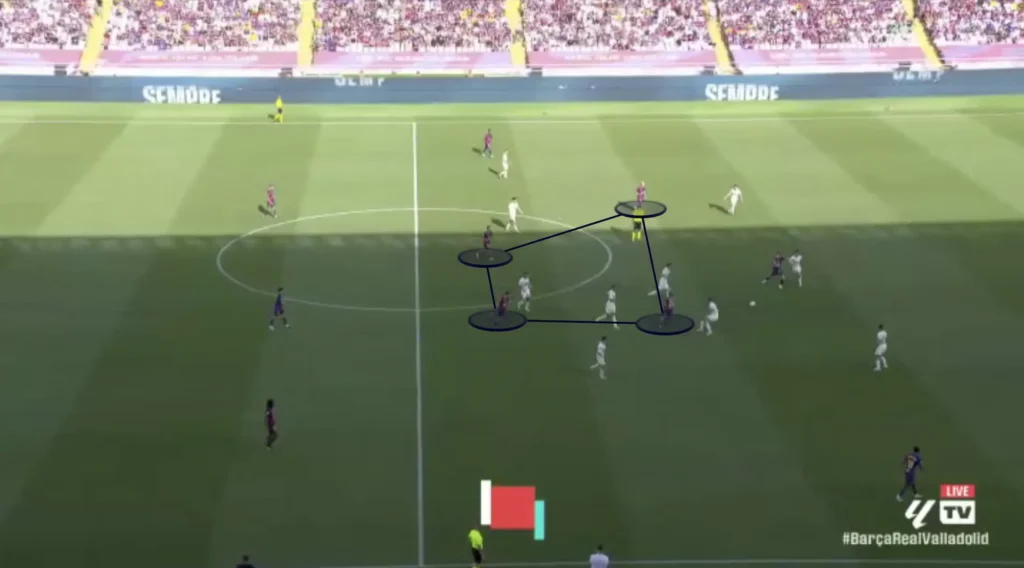
This tactical setup is most commonly used in formations such as the 1-4-2-2-2 and 1-3-4-3. In the 1-4-2-2-2, the midfield box operates centrally, while fullbacks or wing-backs provide width. In the 1-3-4-3, the wing-backs are even more crucial as they provide wide support while the central midfielders form the box structure.
However, the box midfield is not limited to these symmetrical formations. It can also be adapted to more asymmetrical systems where one side is more advanced or offensive than the other. For instance, a 1-4-2-3-1 with one advanced midfielder and two deeper midfielders can morph into a box midfield when one of the wingers tucks inside. This adaptability makes the system versatile and applicable across various tactical setups.
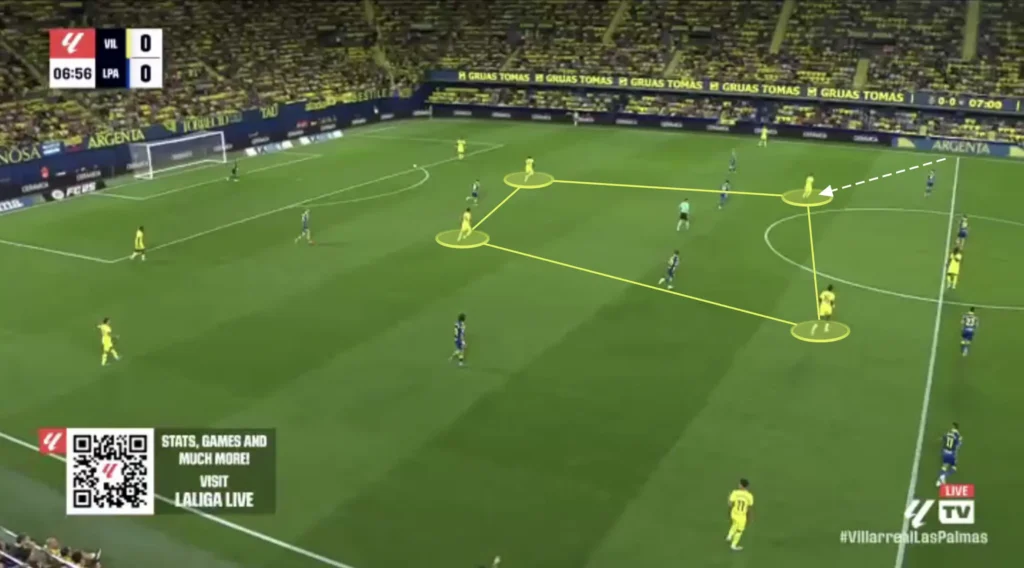
Key Components of the Box Midfield
1. The Holding Midfielders
The two deeper midfielders act as the foundation of the setup. Their primary responsibilities include:
- Shielding the backline and breaking up opposition attacks.
- Recycling possession and initiating attacks.
- Providing cover for advancing wing-backs or center-backs stepping into midfield.
- Maintaining a disciplined position to block passing lanes through the center.
These players are often referred to as the “double pivot,” and their synergy is vital for maintaining balance in both defensive and attacking transitions.
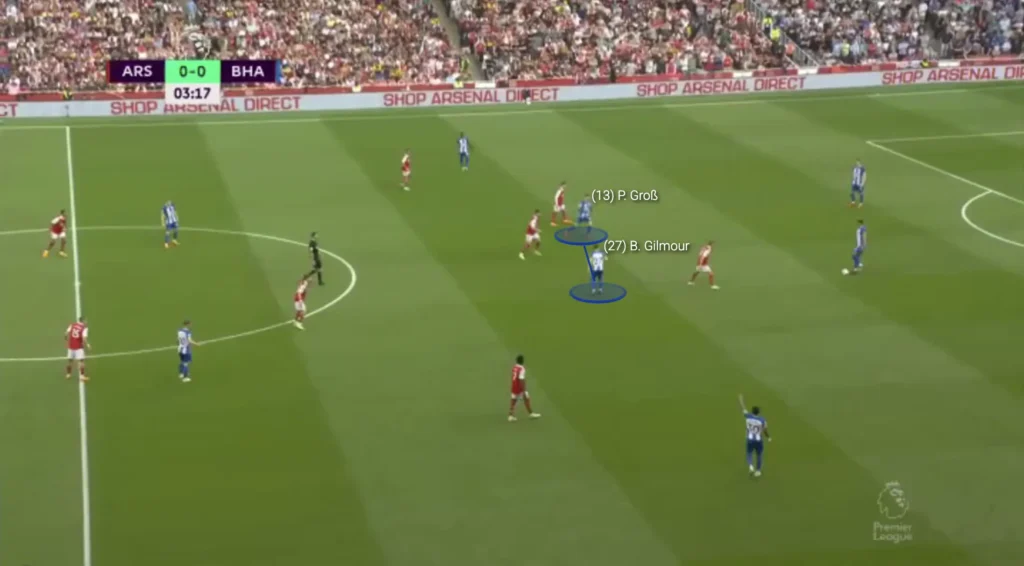
2. The Advanced Midfielders
Positioned higher up the field, these players operate between the lines. Their roles include:
- Linking play between the defense and attack.
- Creating overloads in central areas to dominate possession.
- Making late runs into the box to support the forwards.
- Acting as pressing triggers when the team loses the ball.
The advanced midfielders need to have excellent spatial awareness and technical ability to operate effectively in tight spaces. Their interplay with the forwards and wing-backs is crucial to unlocking defenses.
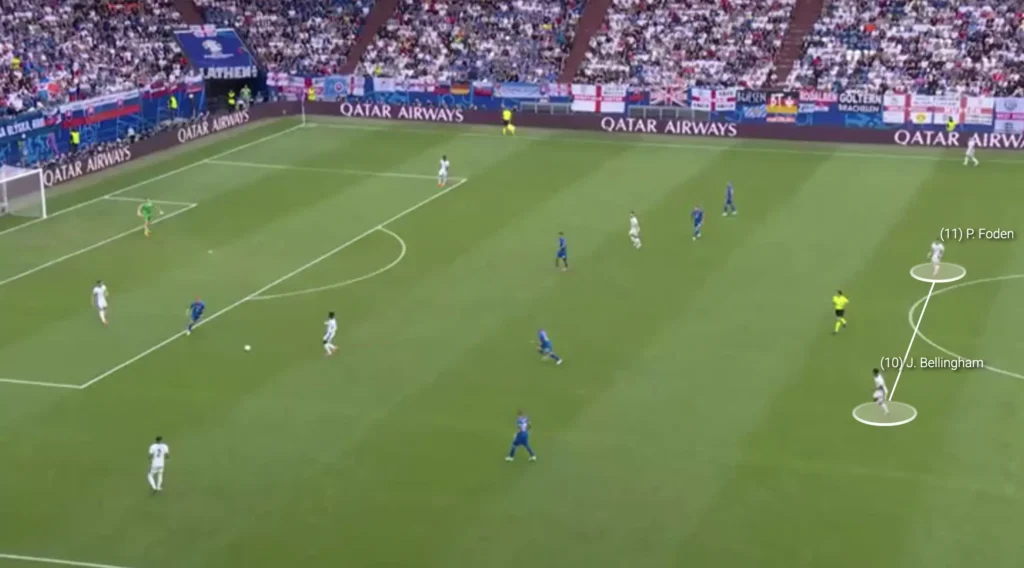
3. The Wing-Backs
Since the box midfield is narrow, wing-backs play a crucial role in providing width. Their tasks include:
- Overlapping runs to stretch the opposition defense.
- Delivering crosses into the box or pulling defenders out of position.
- Supporting the midfield by acting as wingers in the attacking phase.
- Tracking back quickly to cover defensive gaps when the team loses possession.
Wing-backs in this system must be highly athletic, tactically intelligent, and versatile, as they are often required to contribute equally in attack and defense.
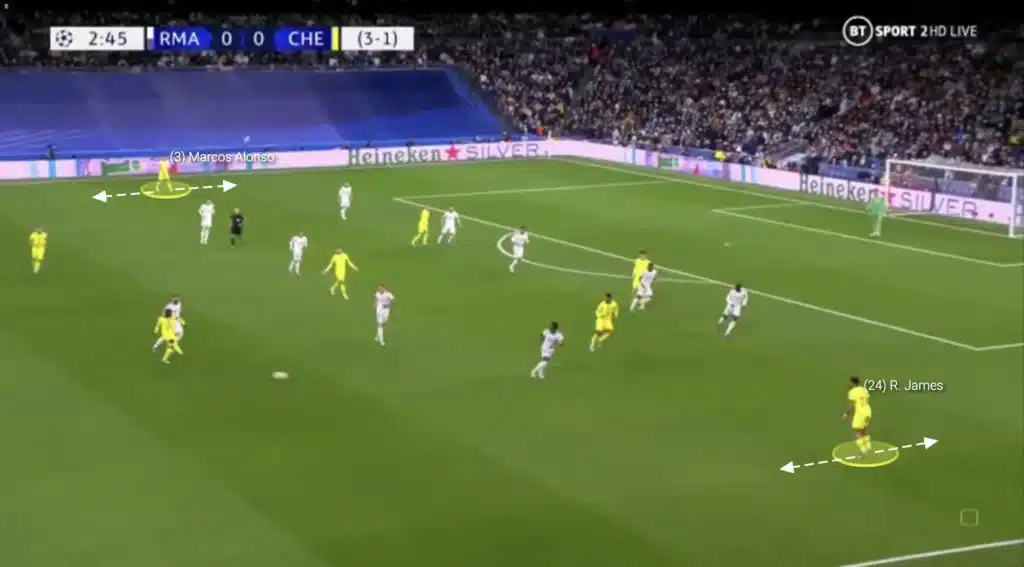
4. The Striker
In a box midfield setup, the striker often plays a pivotal role in linking the midfield and attack. Rather than staying high up the pitch, the striker frequently drops deeper to combine with the advanced midfielders. This movement creates a flexible attacking structure where:
- The striker can act as a false nine, drawing defenders out of position and creating space for onrushing midfielders.
- Alternatively, the striker can serve as a target player, holding up play to allow teammates to join the attack.
This dual functionality not only fosters greater connectivity between the midfield and attack but also adds unpredictability to the team’s offensive movements, making it difficult for opponents to organize their defensive shape.
Advantages of the Box Midfield
Central Overloads
With four players occupying central spaces, the box midfield creates numerical superiority against most opposition setups, allowing teams to control the game in key areas and break through defensive blocks.
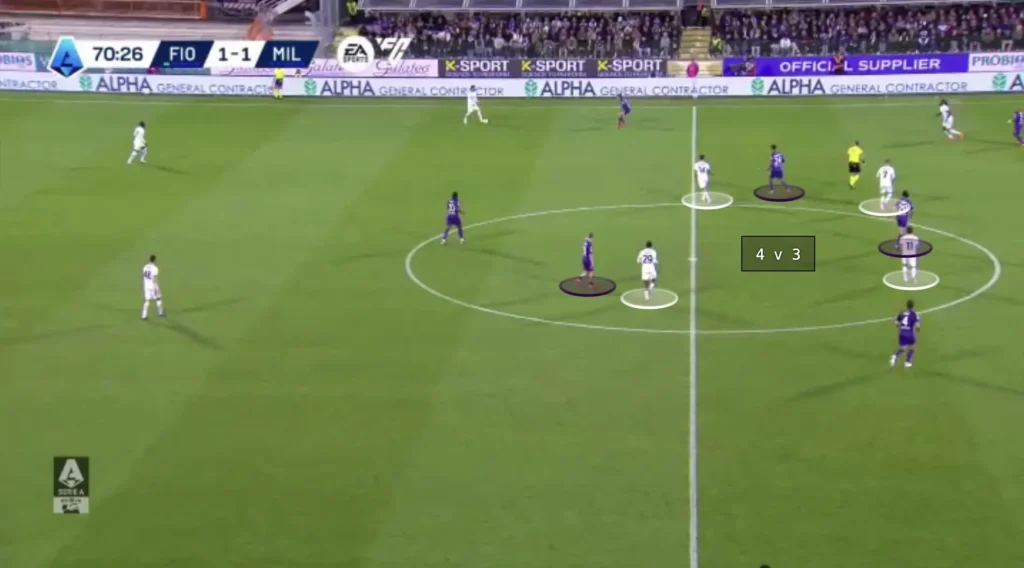
This central overload also facilitates smoother ball progression through the middle. With multiple passing options available, teams can combine quickly in tight spaces, advance play into the attacking third, and exploit gaps in the opposition’s structure. The presence of four midfielders ensures that there are always players positioned to receive the ball, providing continuity and momentum in the build-up phase.
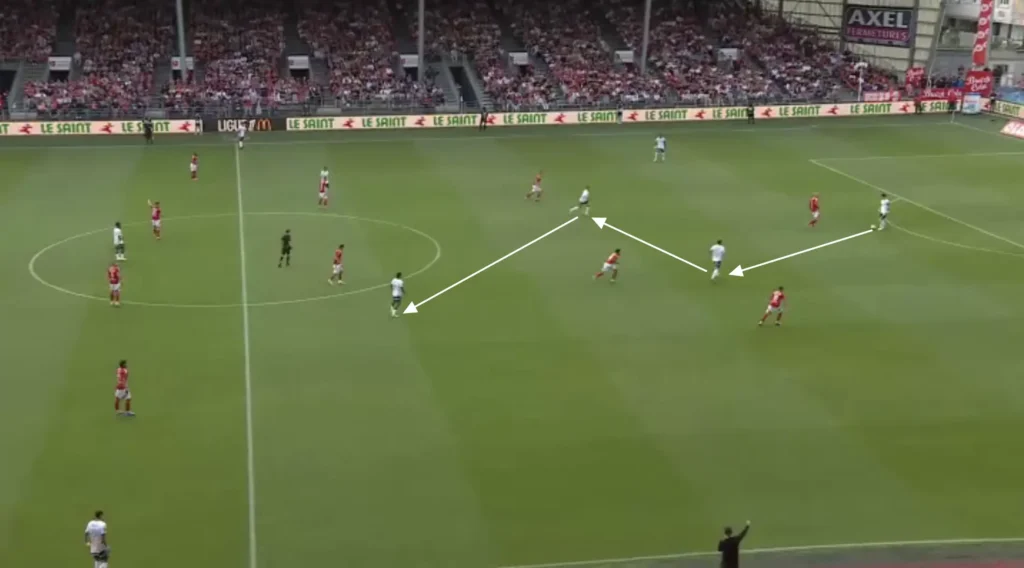
Positional Versatility
The compact nature of the box midfield allows players to rotate positions seamlessly, making it difficult for opponents to mark effectively. This fluidity keeps the opposition guessing and creates multiple attacking angles.
Additionally, this rotational flexibility ensures that players can adapt their positioning based on the phase of play, whether it’s to drop deeper and support the holding midfielders, push forward to create overloads in the final third, or drift wide to offer passing outlets when the wing-backs are occupied. Such versatility makes the system dynamic and challenging for opponents to predict and counter effectively.
Rest-Defence
The box midfield’s concentration of players in central areas creates a robust rest-defence structure. By having multiple players stationed in the midfield, teams ensure that even if possession is lost, there are players in close proximity to immediately press and disrupt the counterattack, minimizing transitions and reinforcing defensive stability.
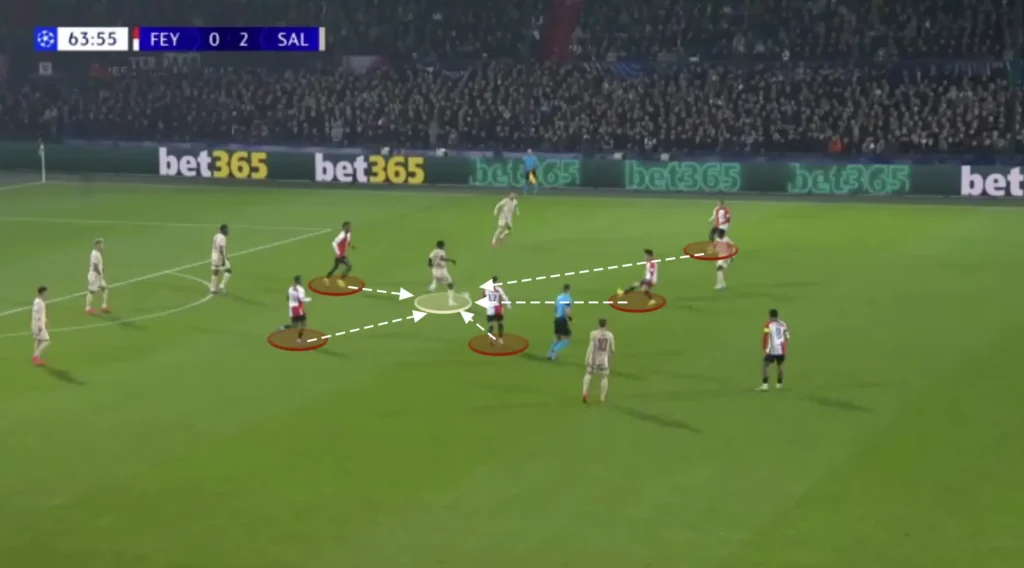
This layered protection makes the box midfield an effective system for maintaining control and minimizing defensive vulnerabilities.
Limitations of the Box Midfield
Vulnerability on the Flanks
The narrow shape can leave teams exposed in wide areas if they lose possession, particularly if the wing-backs are caught out of position. Opponents with pacey wingers and attacking fullbacks can exploit this weakness in counterattacking situations.
Reliance on Wing-Backs
Since the system lacks natural width, wing-backs need to be highly athletic and tactically astute to cover the wide areas effectively. Fatigue or injury to these players can significantly weaken the team’s structure.
Requires High Tactical Discipline
For the box midfield to function effectively, players must maintain positional discipline and understand their roles within the system. A lack of coordination can lead to gaps in both defense and attack.
Difficulty Against Low Blocks
When facing teams that defend deep, the lack of width can make it challenging to break down compact defensive structures. This often requires creativity and quick passing combinations to unlock the opposition defense.
Conclusion
The box midfield is a sophisticated tactical system that offers numerous advantages for teams seeking to dominate central areas and control possession. Its compatibility with different structures and formations makes it a versatile and potent strategy. However, it requires high levels of tactical understanding, discipline, and execution to maximize its potential. While it is not without its vulnerabilities, the box midfield remains a powerful weapon in modern football when utilized effectively.
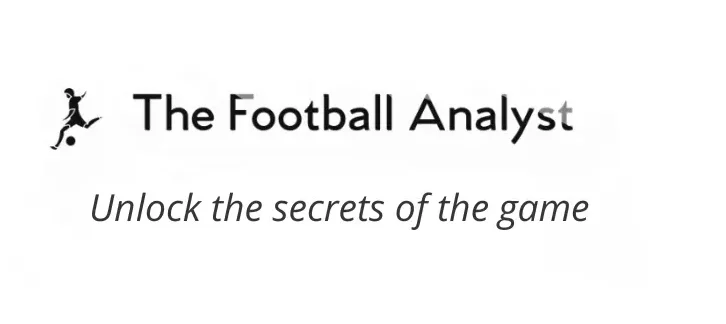
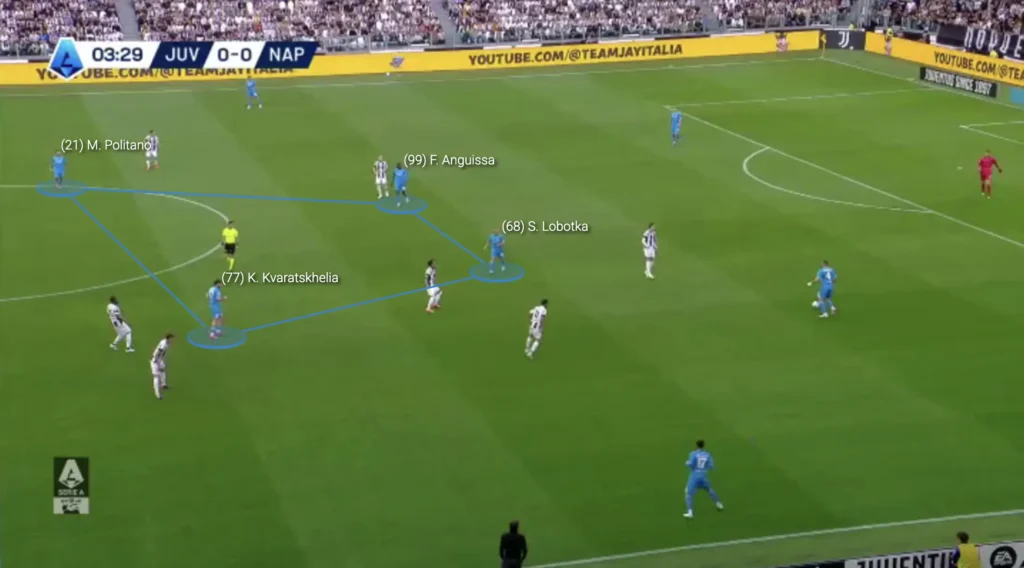
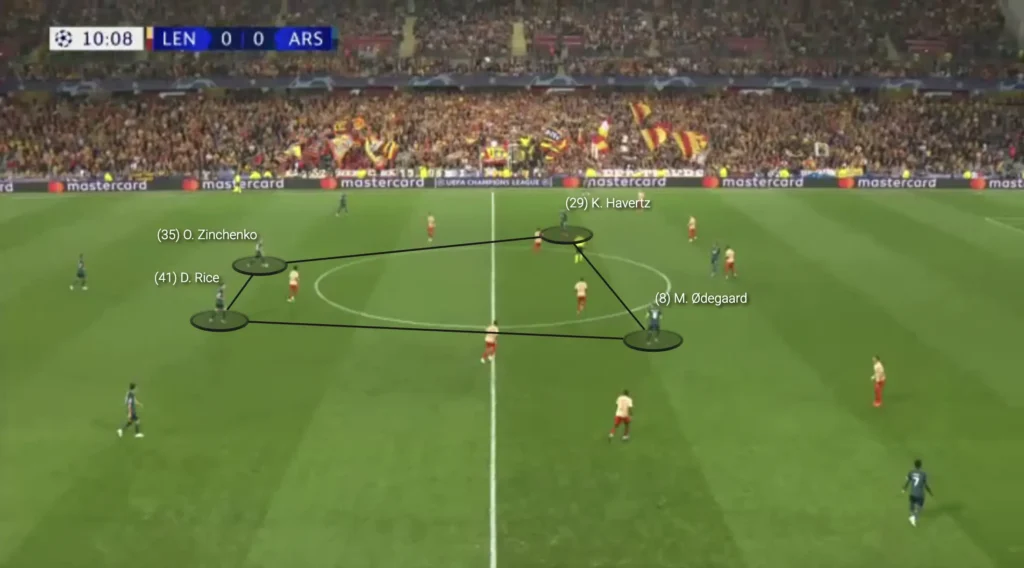
Thank you very much for this very useful article. I translated it into Persian myself and added some notes to it:
https://zoomsportfa.ir/news/13464/
Top article! The two advanced midfielders also having a key role in attacking the half spaces. Them attacking the half spaces will overload the oppositions defence if they go with a back 4 and the attacking team have a front 3 creating a 5v4. If your a dominant team your two advanced midfielders could also occupy the space between the oppositions back line and their midfield which will give them problems and something to think about.